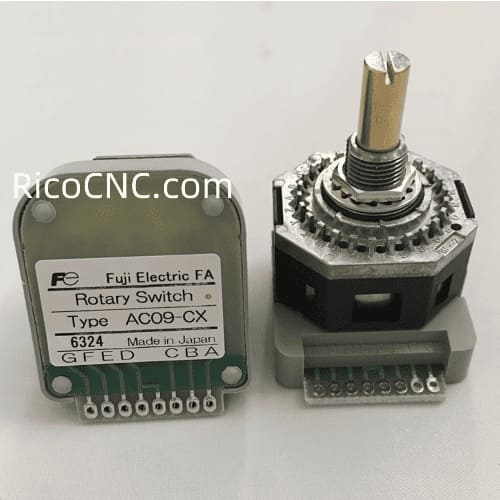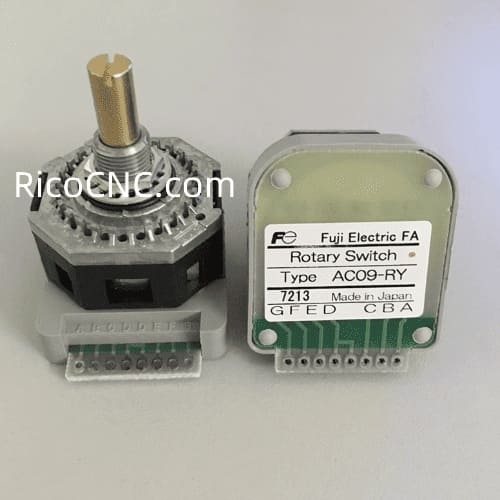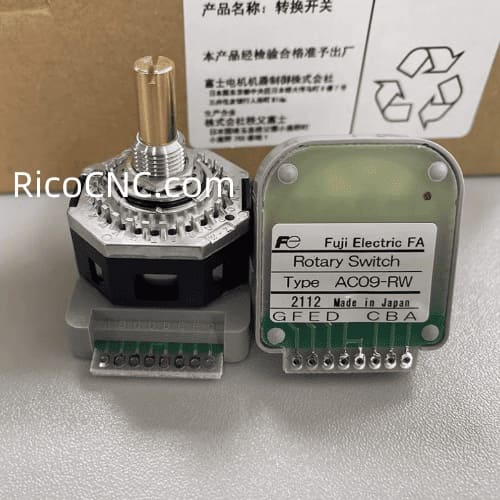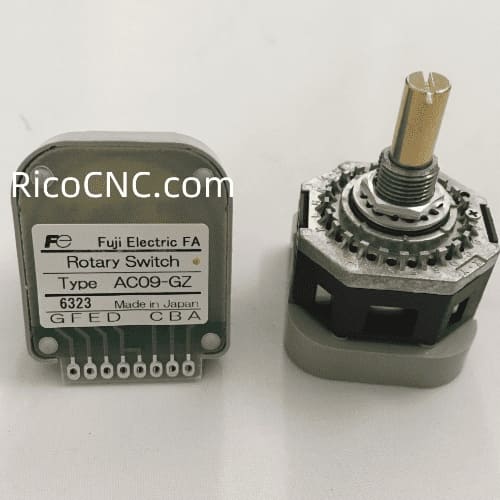

Rotary switches are used to connect a functional circuit within a device to a source of electricity. The electrical charge enters the switch and is then directed to whichever circuit is currently selected by the switch.
Many devices and circuits require switches with multiple available positions to select different electrical circuits or states within a device. The rotary switch moves between these positions via rotation.
Rotary Switch Types
Single-Pole, Multi-Throw (SPMT): One input may be directly connected to different outputs. This is widely used in conditions where one device is in a number of states; for example, an oven can be in one of several heat settings.
Single-Pole, Single-Throw (SPST): These rotary switches can alter one input to one output and are the most accessible form of rotary switch. It is mainly used in operations that occur now and then.
Multi-Pole, Multi-Throw (MPMT): This type has a number of inputs and a number of outputs, making it possible to control many circuits at the same time. Such filters are often used for industrial purposes.

Application of Rotary Switch
Rotary switches are popular in many applications, including radio, automobiles, and industrial equipment. These switches are reliable and versatile as they are capable of performing more tasks than simple switching. A rotary switch's operation is to switch current to various circuits; therefore, it can suit single-phase or multiple-phase circuits, a typical example of the usage of a rotary switch is in a number of appliances in homes as well as in various production facilities. Some of the most common applications include:
Industrial Equipment: Single-phase rotary switches are standard in machines that undergo operation at varying speeds or levels of load. These switches are also used in control panels to choose different machine functions.
Household Appliances, Automotive Industry: These are common in switching between various modes in car facilities, such as the ACAC, lighting, and sound system.

How to Choose the Right Rotary Switch
Current and Voltage Rating: Ensure that the switch can handle the electrical load of your device.
Number of Positions: Determine how many different modes or circuits you need to control.
Durability: Choose a durable rotary switch, especially for industrial applications where it will be used frequently.
Design Compatibility: Consider the size and layout of the switch to make sure it fits into your device without causing issues.
RicoCNC can offer:
AC09-GZ Fuji Rotary Switch AC09 series
AC09-GY Fuji Rotary Switch AC09 series
AC09-GX Fuji Rotary Switch AC09 series
AC09-CZ Fuji Rotary Switch AC09 series
AC09-CY Fuji Rotary Switch AC09 series
AC09-CW Fuji Rotary Switch AC09 series
Welcome your inquiry.















